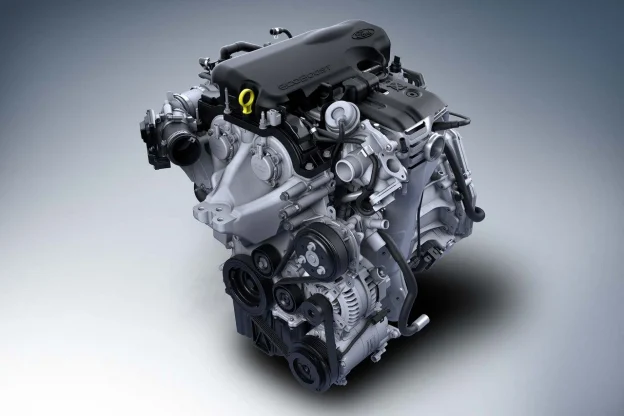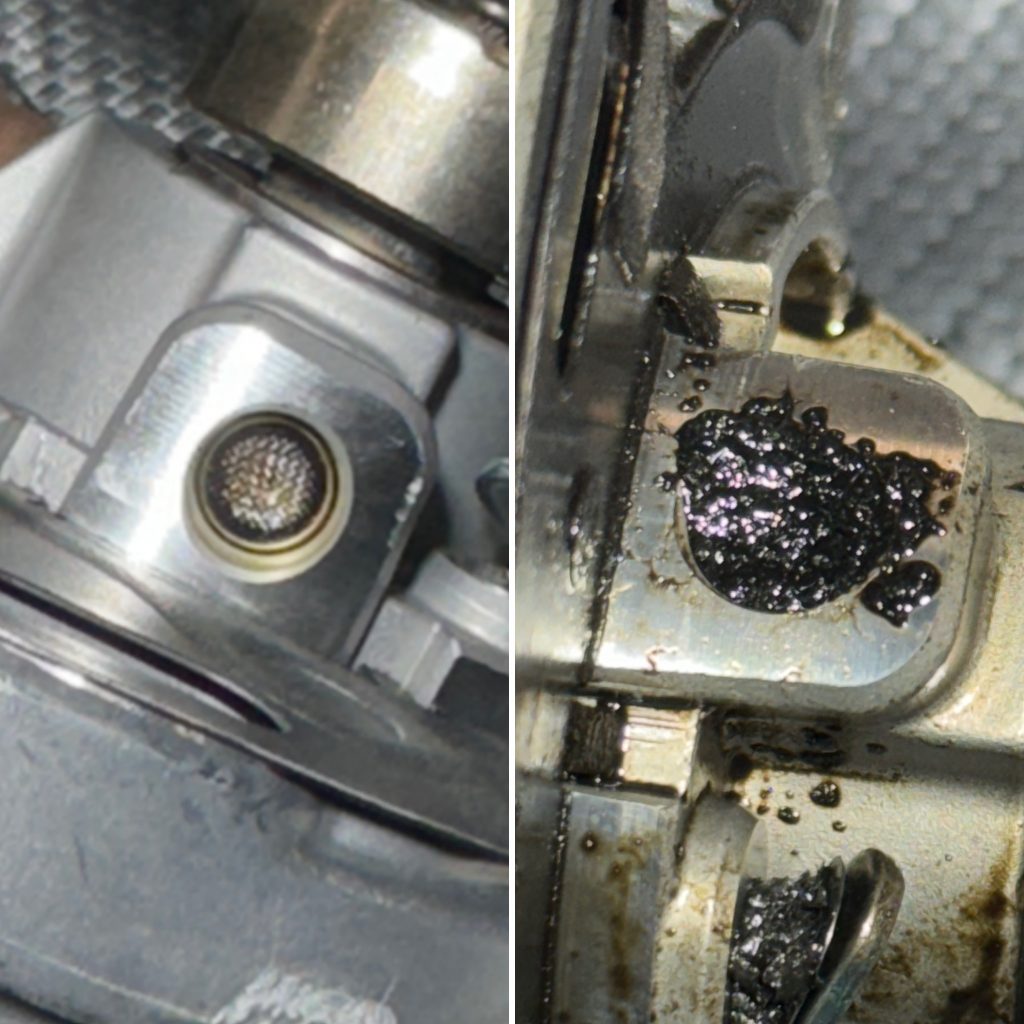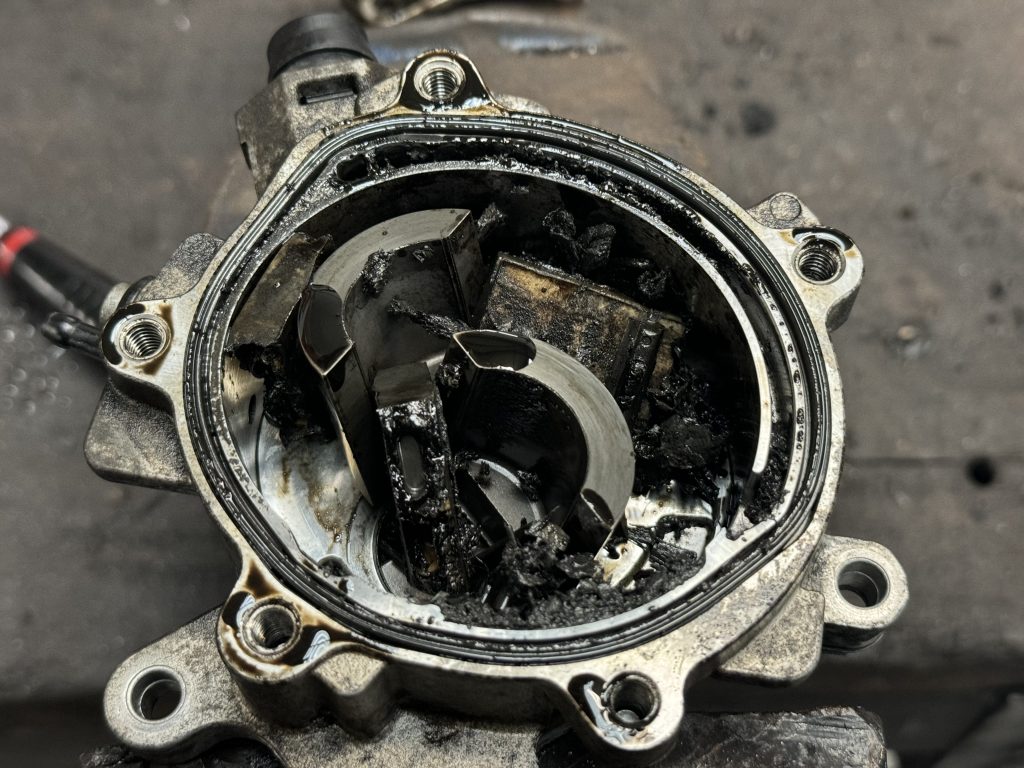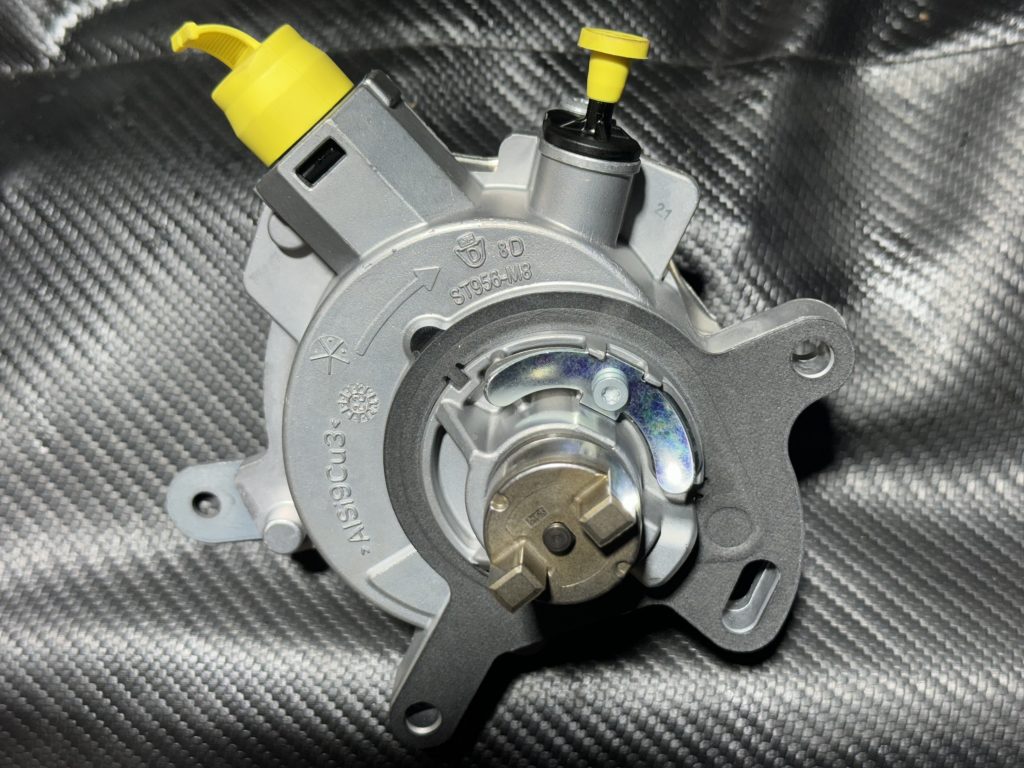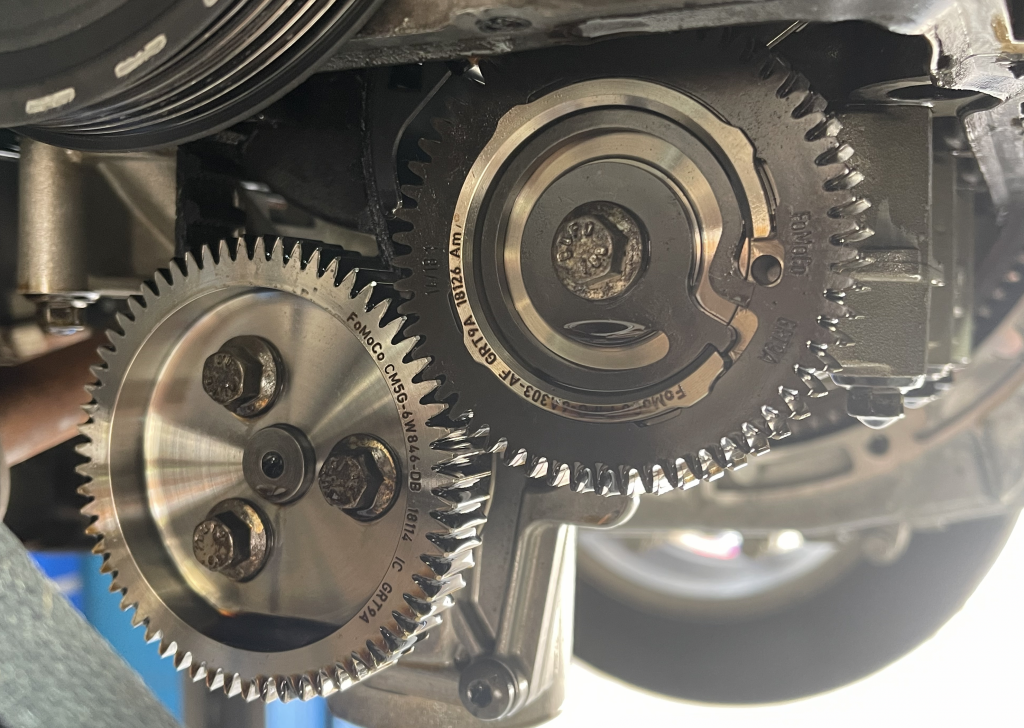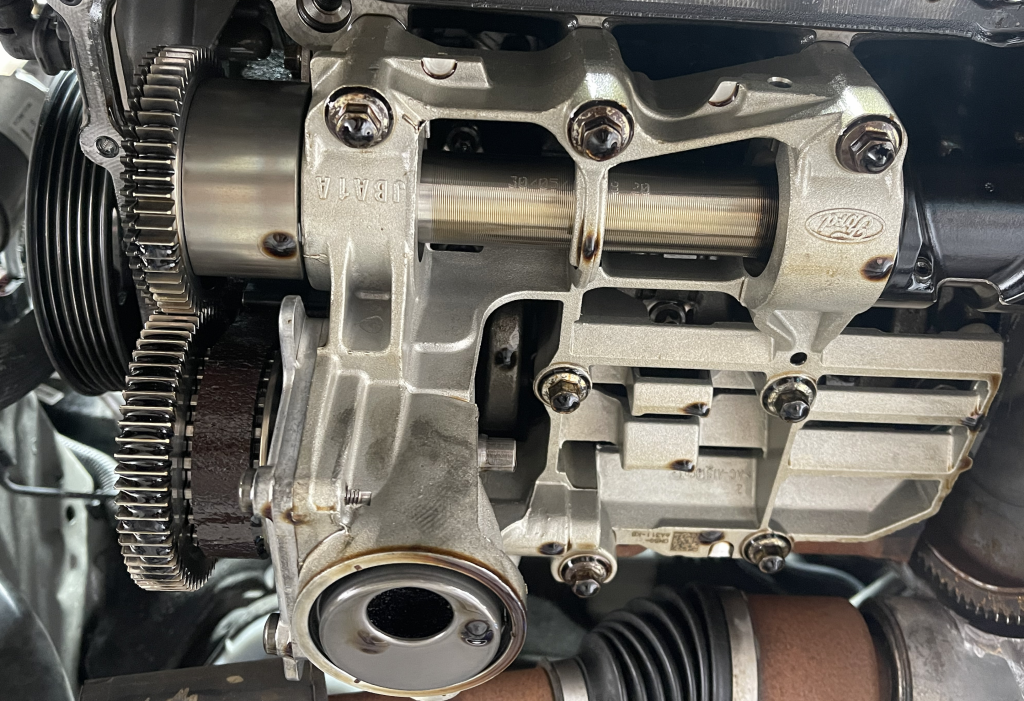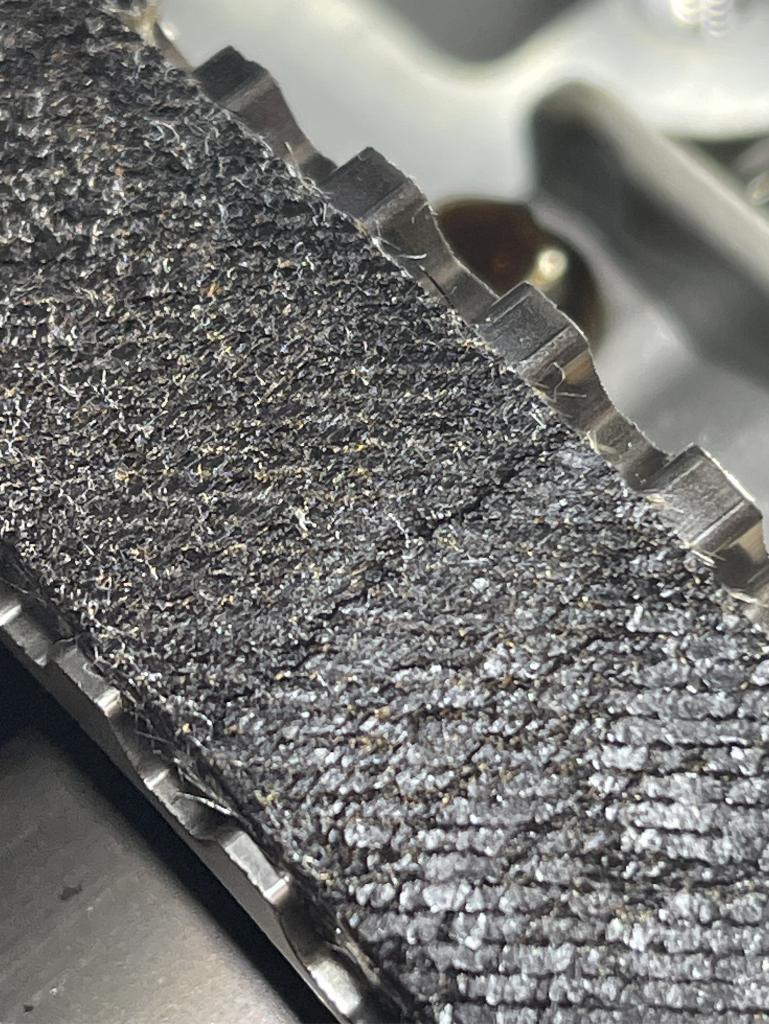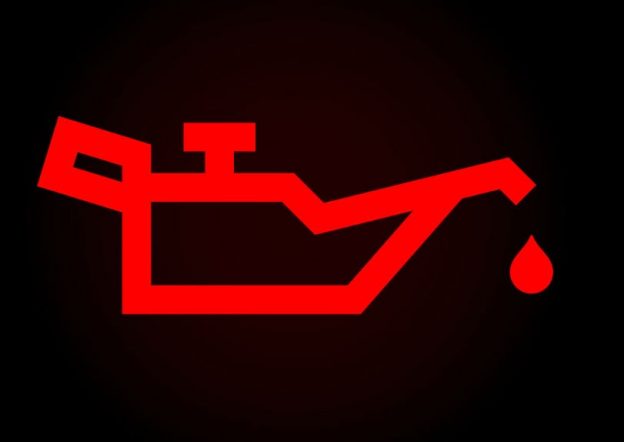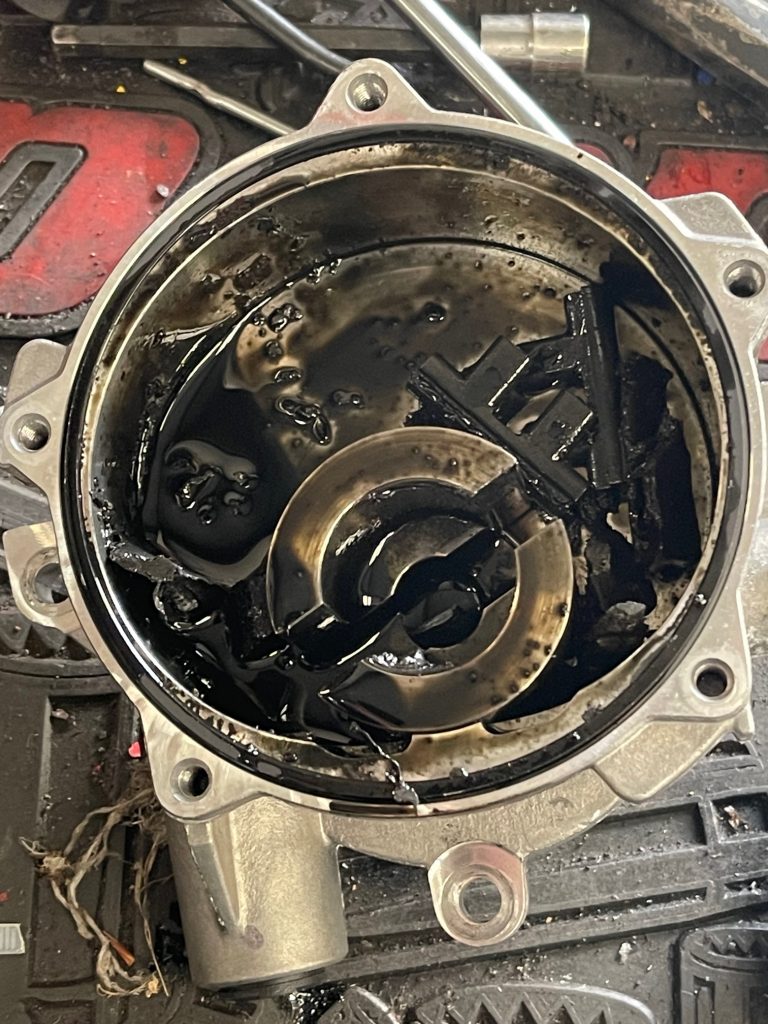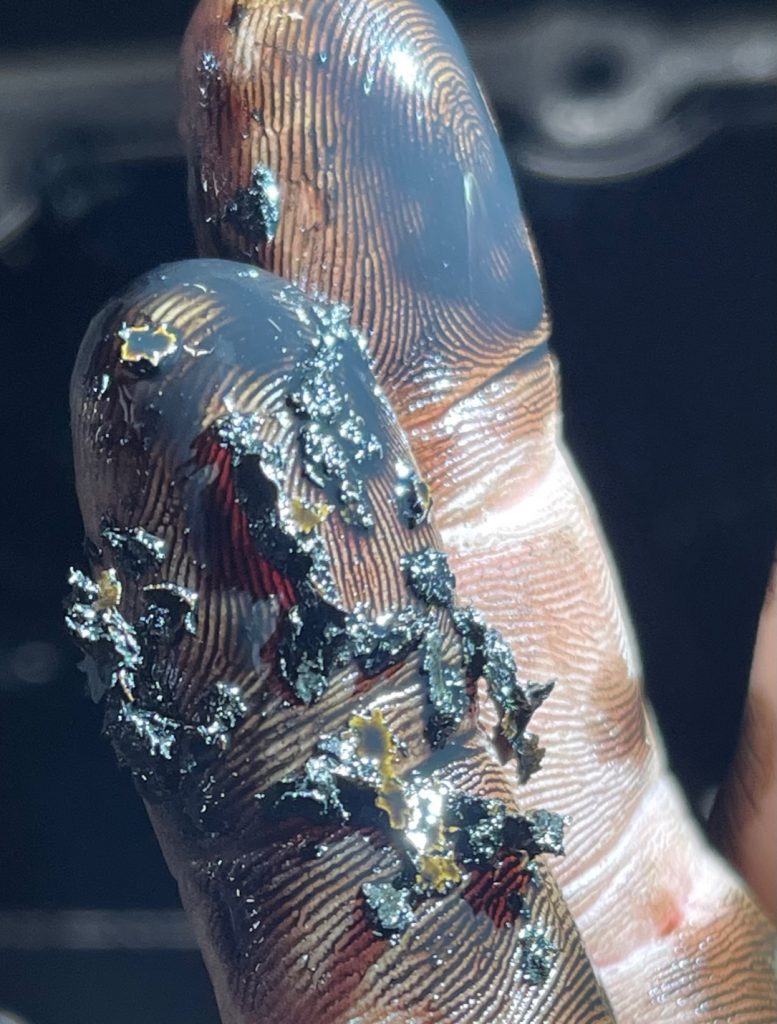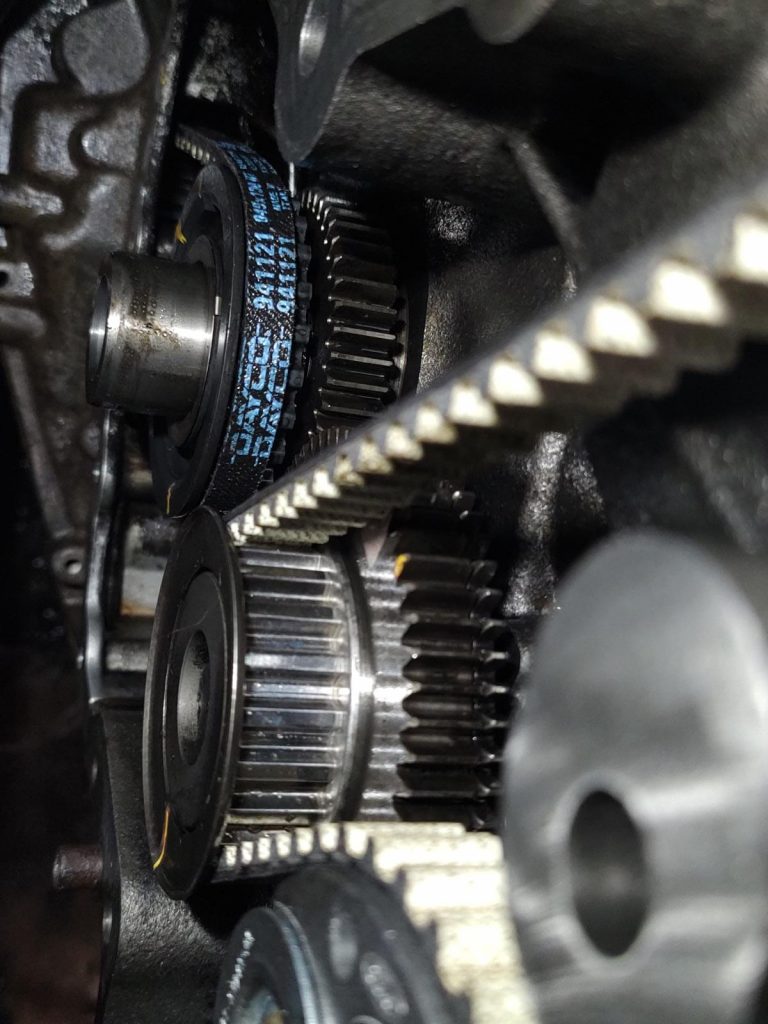The new revision of Fords 1.0 EcoBoost engine was supposed to eradicate the problems of its predecessor, but it looks like it may still have some of the same issues!
Ford have finally changed the main drive belt to a chain which should eliminate the issues of rubber drive belts being damaged by the incorrect oil being added at service intervals.
But, Some very highly paid individuals at Ford with more mechanical knowledge than you or I decided that the oil pump should still be ran by a rubber belt!
That’s correct, after all the issues with the original 1.0 EcoBoost engine caused by oil degrading the drive belt rubber, they did it again!
Better or Worse?
So, if you own a 2019 or newer Ford with the 1.0 Ecoboost engine all is not lost.
As long as you listen to our advice as per the previous engine, Service, Service, Service and the correct oil.
Not just the grade but the spec, make sure the oil you use on your service has the correct additives to look after the rubber and not cause it to prematurely degrade.
Ford don’t actually give a service interval for replacing the timing chain and oil pump belt but we are still advising 80,000 miles or 8 years (whichever comes first).
We are seeing plenty of posts where people are ignoring the service intervals because they think this newer engine wont have the same issues and are finding out the hard way that servicing does indeed still matter!
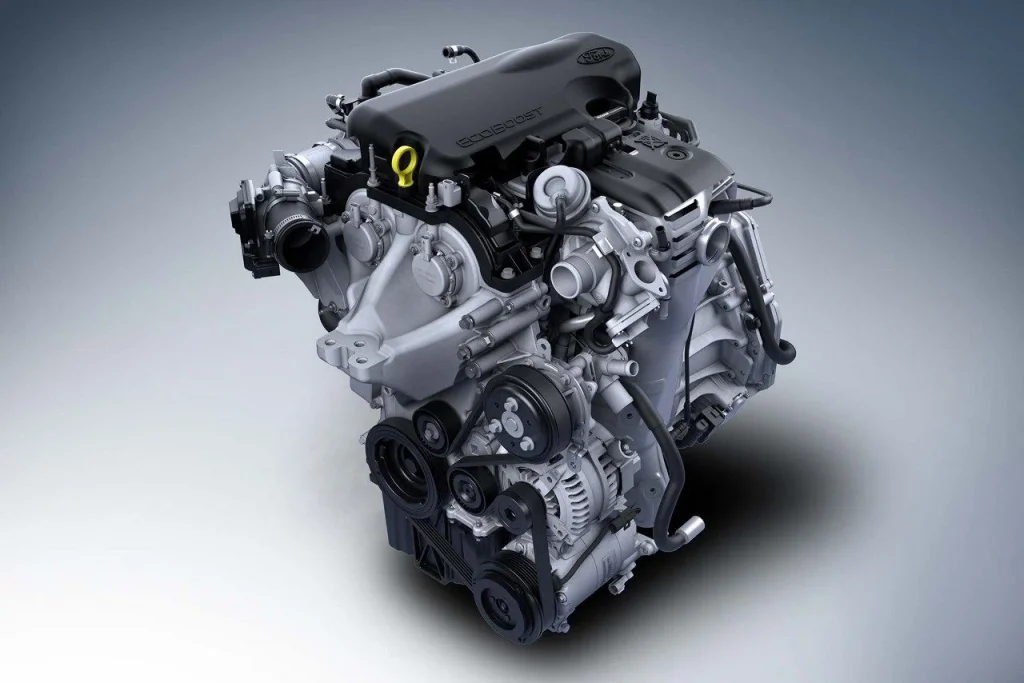
For more information on either the older or newer engines please don’t hesitate to get in touch.
Your friendly car garage in Derby
Give us a call at Aarons Autos for more info.

